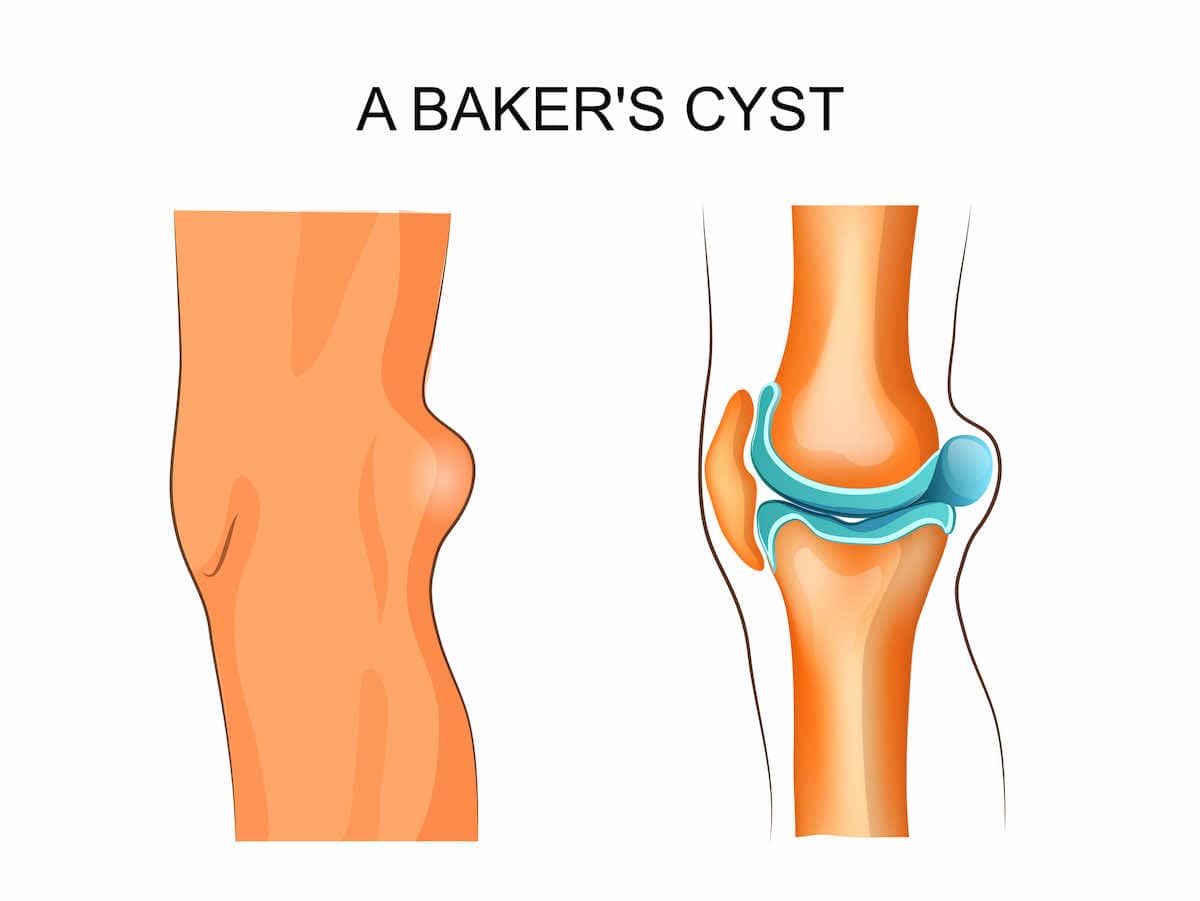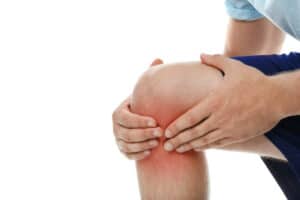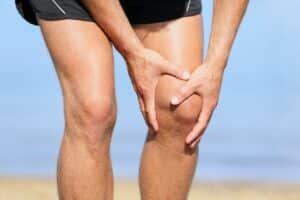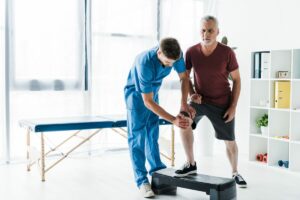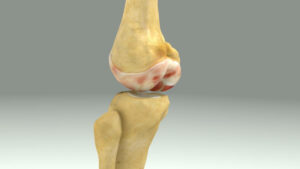Free download: Top 10 Natural & Easy Remedies for Joint Pain from Home. Learn these helpful remedies.
Estimated Reading Time: 6 minutes read
A Baker’s cyst, technically known as a popliteal cyst, is a fluid-filled sac that develops at the back of the knee due to an overproduction of synovial fluid, often a result of conditions like arthritis or a knee injury. While this may seem like a daunting complication, it is important to remember that it is possible to alleviate the symptoms and improve knee function with appropriate management.
To successfully navigate the situation, one needs knowledge, treatment, and a range of exercises. Each of these components plays a crucial role in managing a Baker’s cyst. They help reduce discomfort, increase mobility, and, most importantly, improve the overall quality of life.
Table of Contents
Importance of Exercise
Exercise is a fundamental part of managing a Baker’s cyst. Regular, targeted exercise can help decrease the cyst’s size and improve the knee’s overall health. Exercise provides:
- A way to manage the cyst.
- Strengthening the knee muscles.
- Promoting flexibility.
- Enhancing joint function.
Furthermore, incorporating a fitness routine into your daily life can increase the knee’s resilience. Building stronger muscles around the knee provides better support, reducing the strain on the joint. In essence, the right exercises can make the knee more robust and efficient, improving its performance in the long run.
9 Targeted Exercises to Manage and Improve Baker’s Cyst Symptoms
When it comes to exercises, here’s a routine that may assist in managing a Baker’s cyst:
1. Heel Slides with Rope
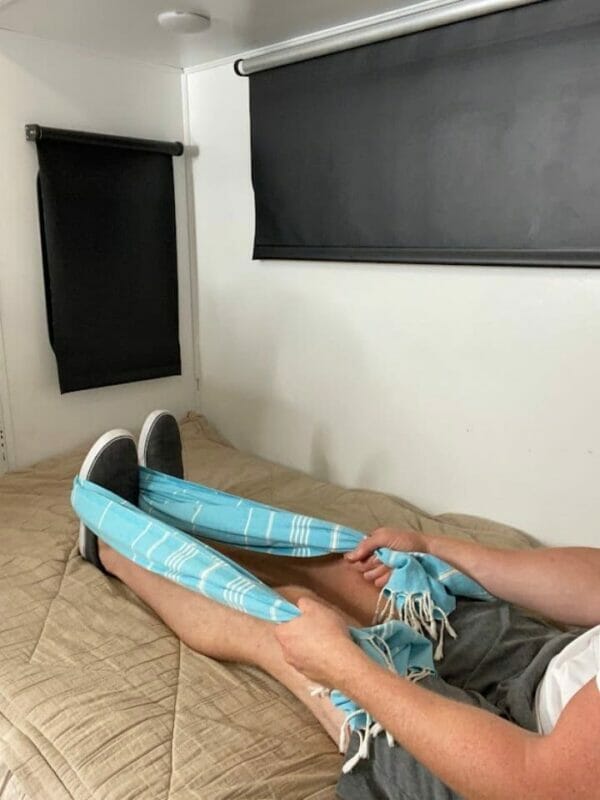
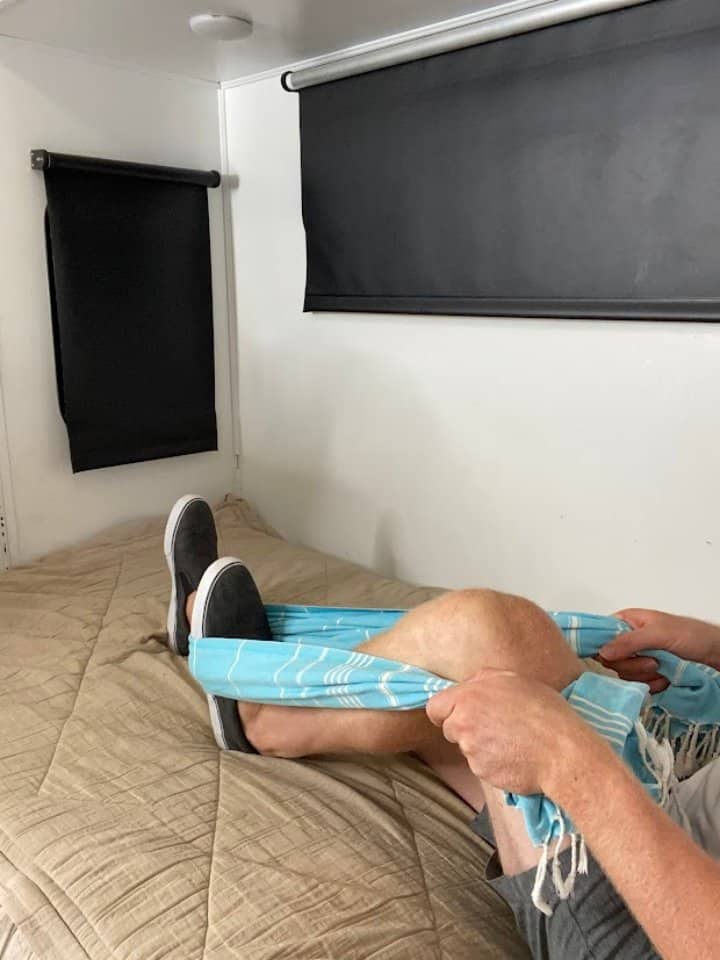
- Starting position: Sitting or laying down with the injured leg in front of you (can be on the floor, couch, or bed).
- Wrap a non-elastic strap around the foot.
- Pull on the strap with the arms to slide the heel towards the bottom while simultaneously bending the knee.
- Hold for 5 seconds, then return to your starting position.
- Repeat 10 repetitions for 3 sets.
2. Seated Knee Extension
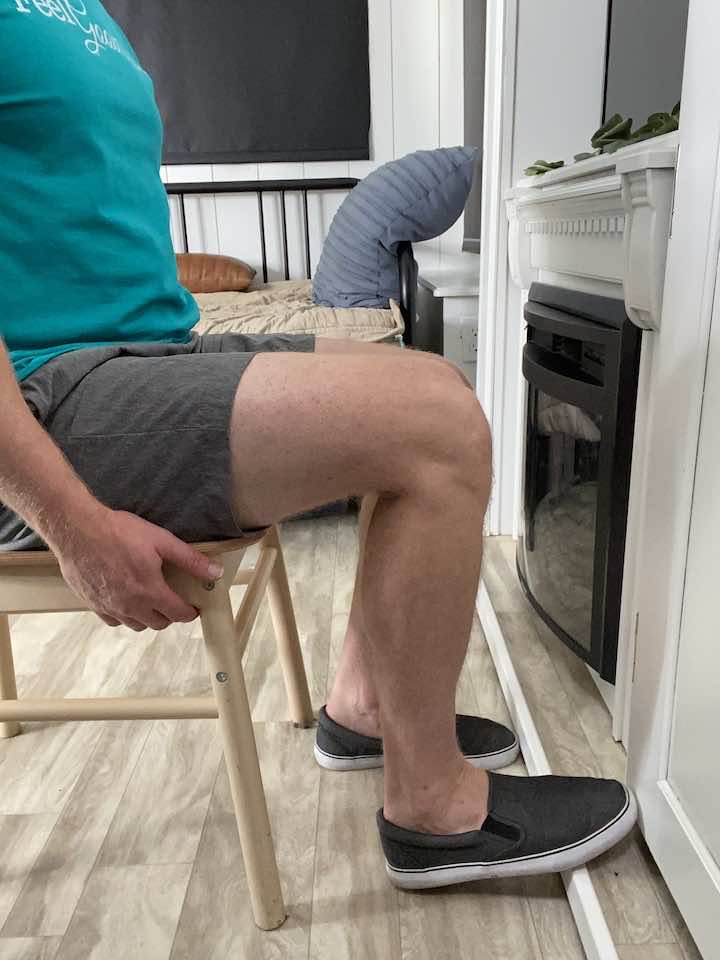
- Sit in a chair about a foot away from a wall, with your knees at a 90-degree angle and your spine in a neutral position.
- Press your toe into the wall to tense your thigh muscle.
- Push with about 70-80% of your maximal exertion for 10 seconds.
- Release the tension and rest for a few seconds.
- Repeat this exercise for a total of 3 times per knee.
3. Standing Hip Lifts
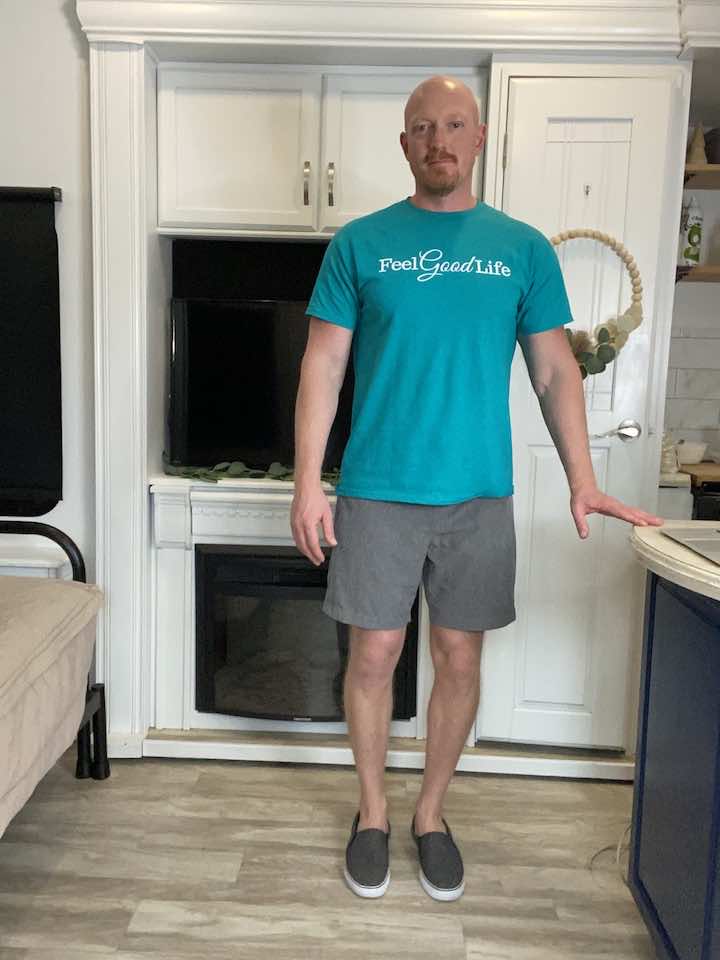
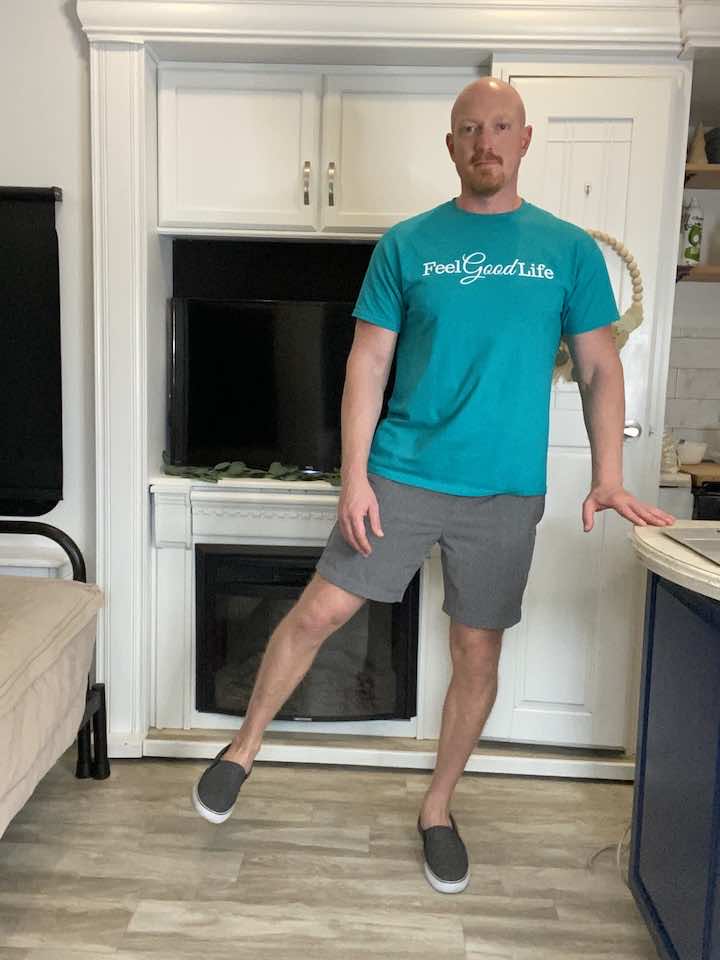
- Stand tall with one hand placed on a bed or chair for support.
- Balance on your left leg, keeping a slight bend in your knee to avoid locking it out.
- Lead with your heel and lift your right leg out to the side, keeping your foot flexed.
- Be sure not to lean to the left while lifting your leg.
- Lower your leg back down to the starting position.
- Repeat this movement 10 times only with the injured leg.
- Do a total of 3 sets of this exercise.
4. Standing Hip Extension
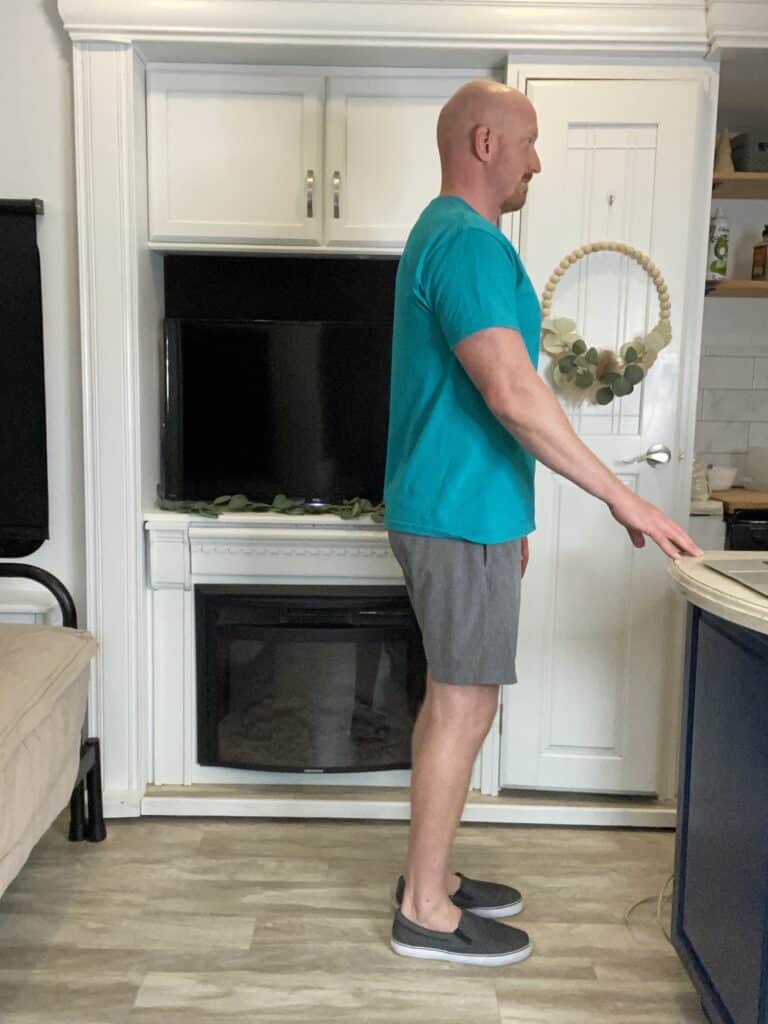
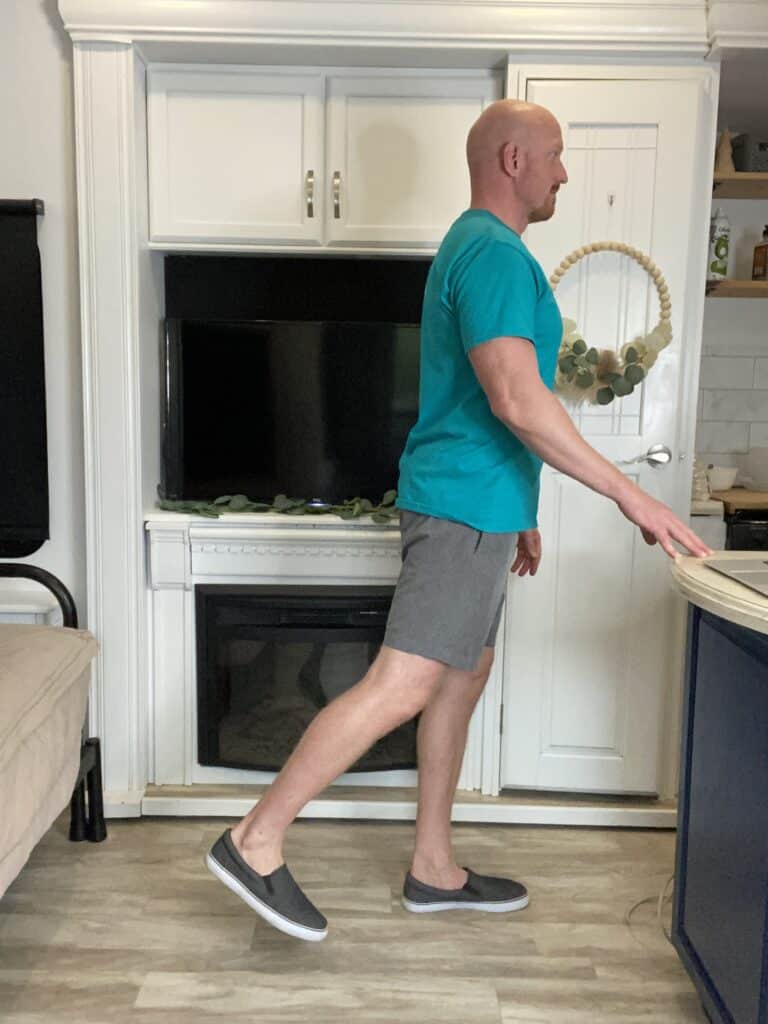
- Stand tall with your hands placed on a steady surface, such as a counter, sink, or chair (without wheels), to hold onto for balance.
- Shift your weight onto your left leg, keeping a slight bend in your left knee to avoid locking it out.
- Keeping your toes pointed forward and your right leg straight, lift your right leg back a few inches.
- Lower your leg back down to the starting position.
- Repeat this movement 10 times only with the injured leg.
- Do a total of 3 sets of this exercise.
5. Standing Hamstring Curls
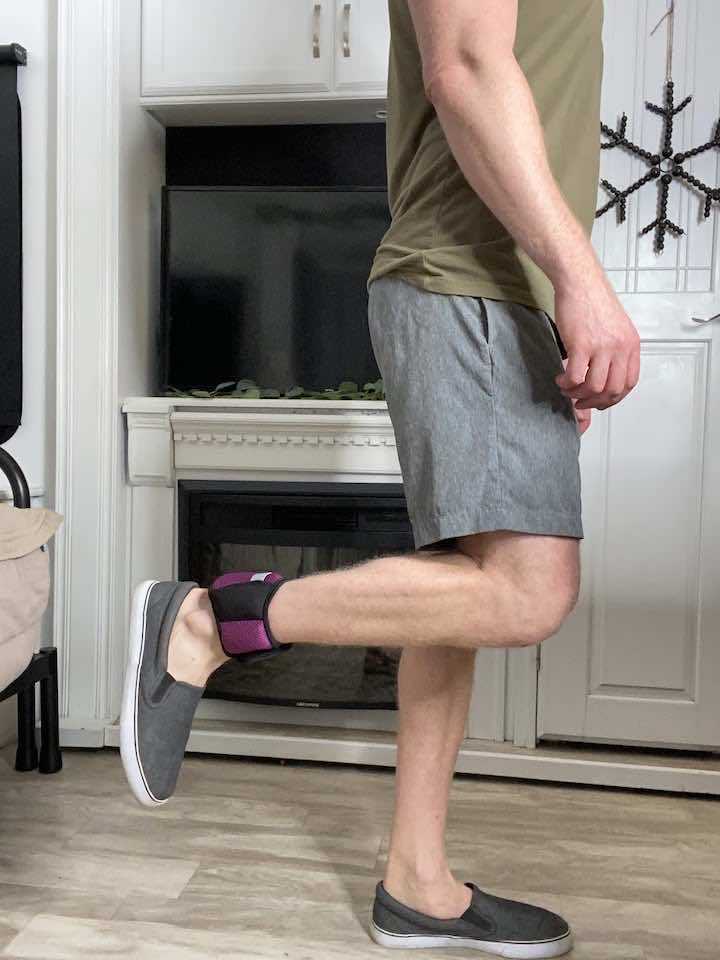
- Use 2-3 lb. ankle weights or tie a resistance band around your ankles.
- Stand in front of a sturdy surface, such as a countertop, for support.
- Bend one knee, allowing your foot to kick up towards your bottom.
- Return to the starting position.
- Repeat this movement 10-15 times for 2-3 sets.
- Practice this exercise on both legs.
6. Calf Raises
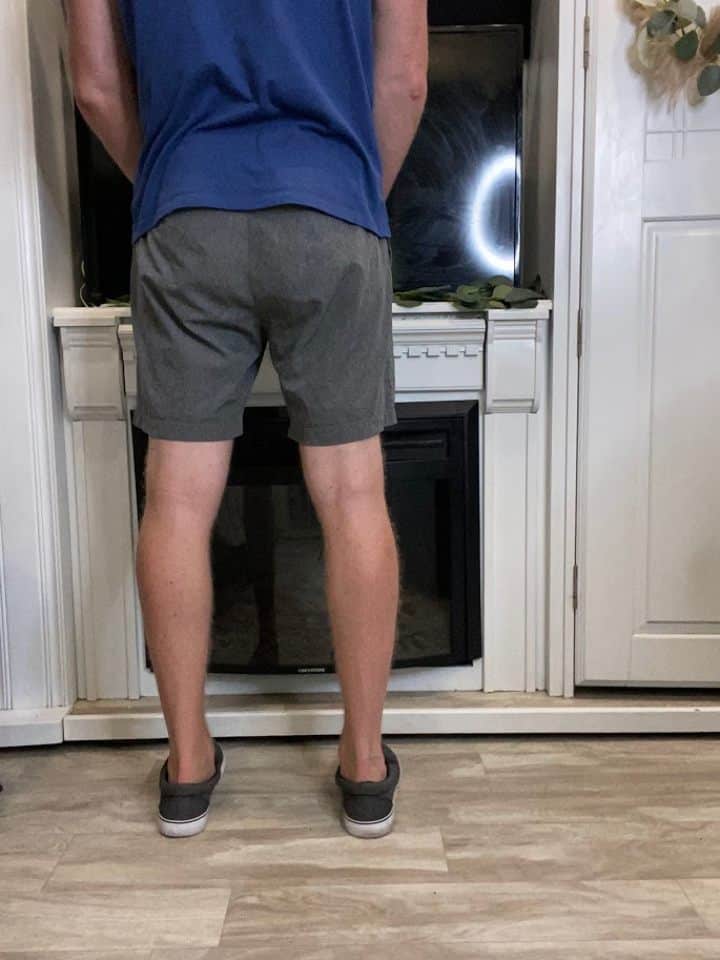
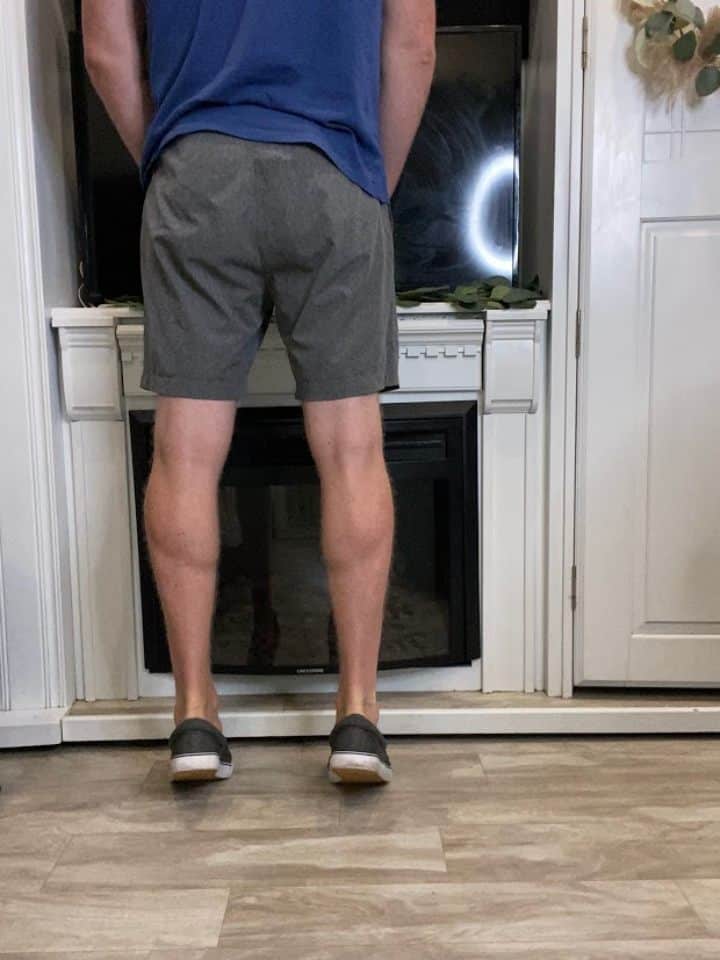
- Stand facing a wall or sturdy surface for balance.
- Place your feet hip-width apart.
- Slowly lift your heels as high as you can and then lower them back down.
- Repeat for 10 repetitions for 3 sets.
7. Standing Quad Stretch
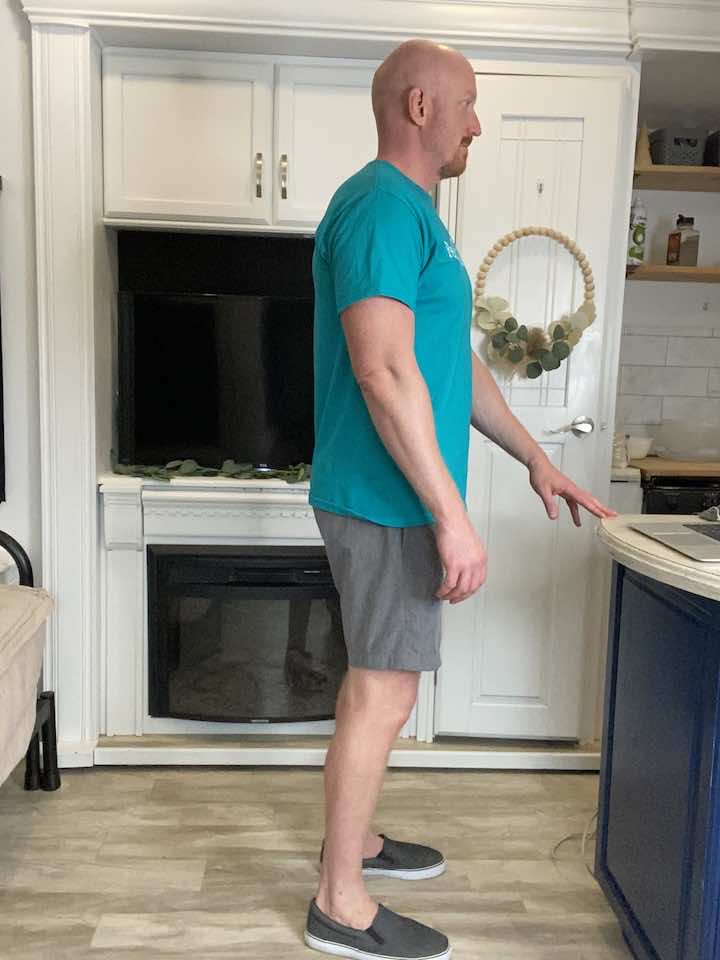
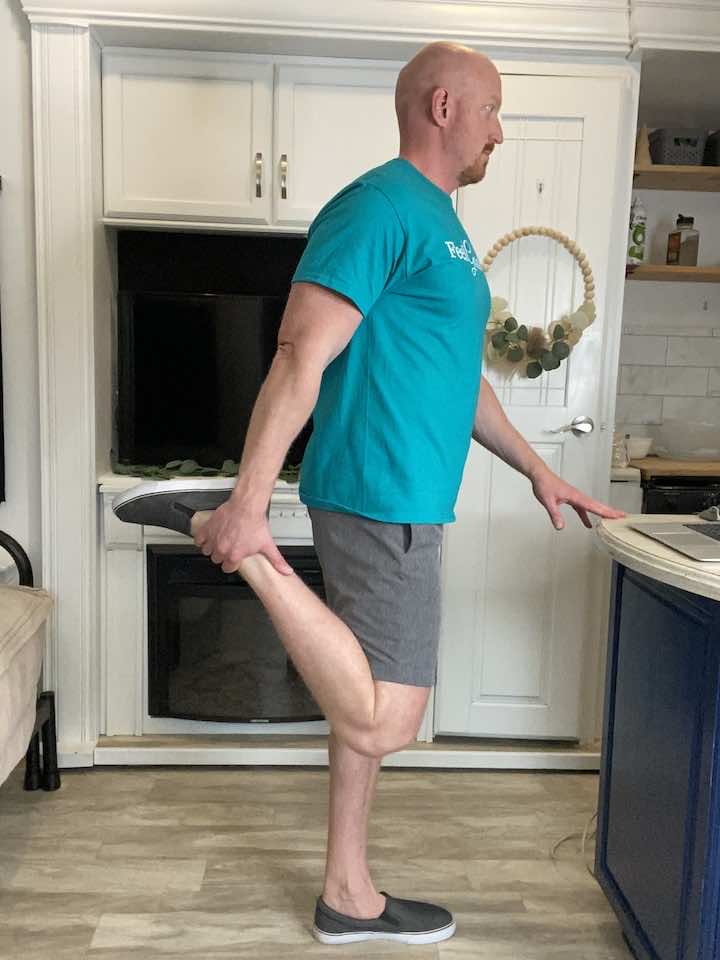
- Stand tall with your hands placed on a steady surface. You can use a counter, sink, or chair (no chairs with wheels) to hold on to for balance.
- Bend your knee and hold onto the top of your foot.
- Hold for 30 seconds, focusing on keeping your knees lined up.
- Repeat the stretch two more times for a total of three sets.
8. Seated Hamstring Stretch
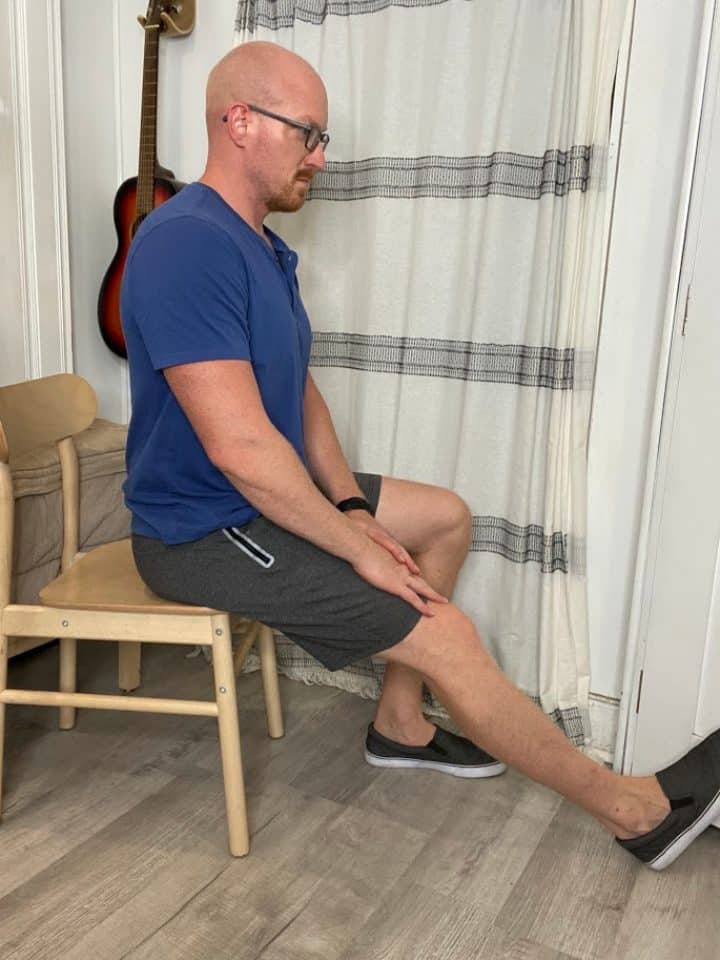
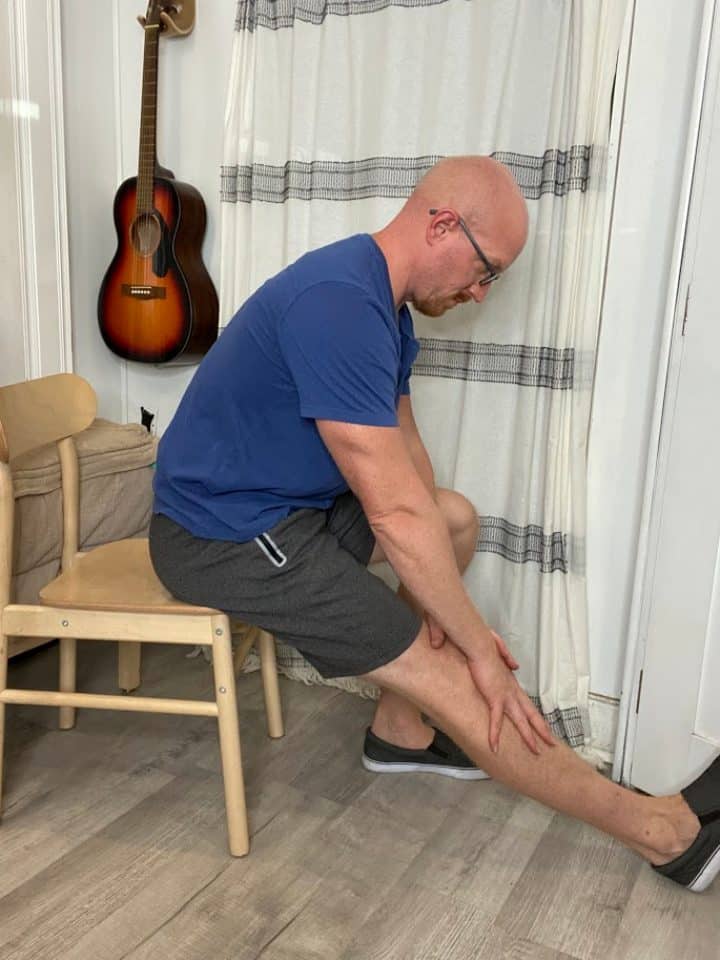
- Seated in a chair, place the leg to be stretched and extended in front of you (the knee should be straight).
- Keeping a straight back, bend forward via hinging at the hips.
- Once you feel a tolerable stretch behind the back of the leg, hold for at least 30 seconds.
- Repeat for 3 sets in total.
9. Calf Stretch
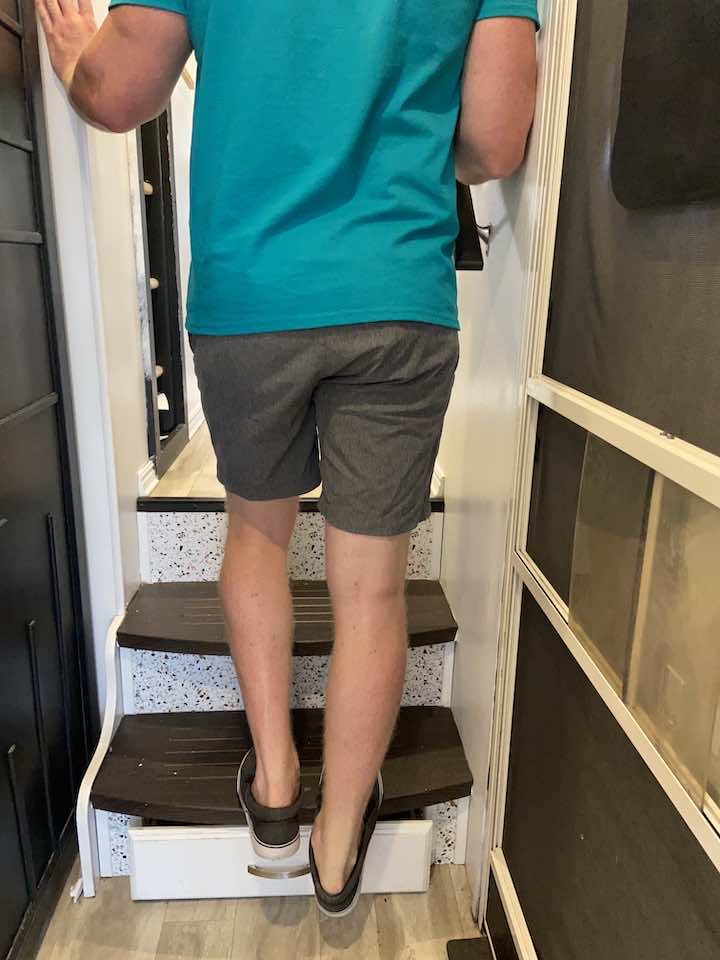
- While holding onto the railing of a staircase, step both feet up.
- Slightly stagger your feet so that the injured heel is hanging off the step.
- Your front leg should bend slightly, while the back (injured) leg’s knee will be straight.
- Hold this stretch for 30 seconds before relaxing.
- Repeat the stretch two more times for a total of three sets.
Remember, these exercises are meant to assist you in your journey toward managing a Baker’s cyst. Exercise at your own pace, and always consult your healthcare provider to ensure these exercises are appropriate for you.
Do’s and Don’ts
Adhering to certain guidelines is important when dealing with a Baker’s cyst. Do take time to rest and strive to identify and avoid any factors that may aggravate your cyst. Maintaining a regular exercise routine focusing on strengthening the knee and hip can be incredibly beneficial.
On the other hand, it’s crucial not to ignore significant pain or swelling. If any exercise causes pain, stopping and consulting a healthcare provider is essential. Likewise, remember not to rush the process. A steady, patient approach often yields the best results.
Conclusion
Managing a Baker’s cyst can be challenging, but you can improve your knee’s health with patience, dedication, and the right approach. A balance of rest and activity and avoiding any triggers that could aggravate your cyst can lead to substantial improvements.
Always consult your healthcare provider before starting any new exercise routine or making significant changes to your current one. They can provide expert advice tailored to your unique circumstances. With their guidance, determination, and proper exercise regimen, you will manage the Baker’s cyst and enhance your overall knee health.


